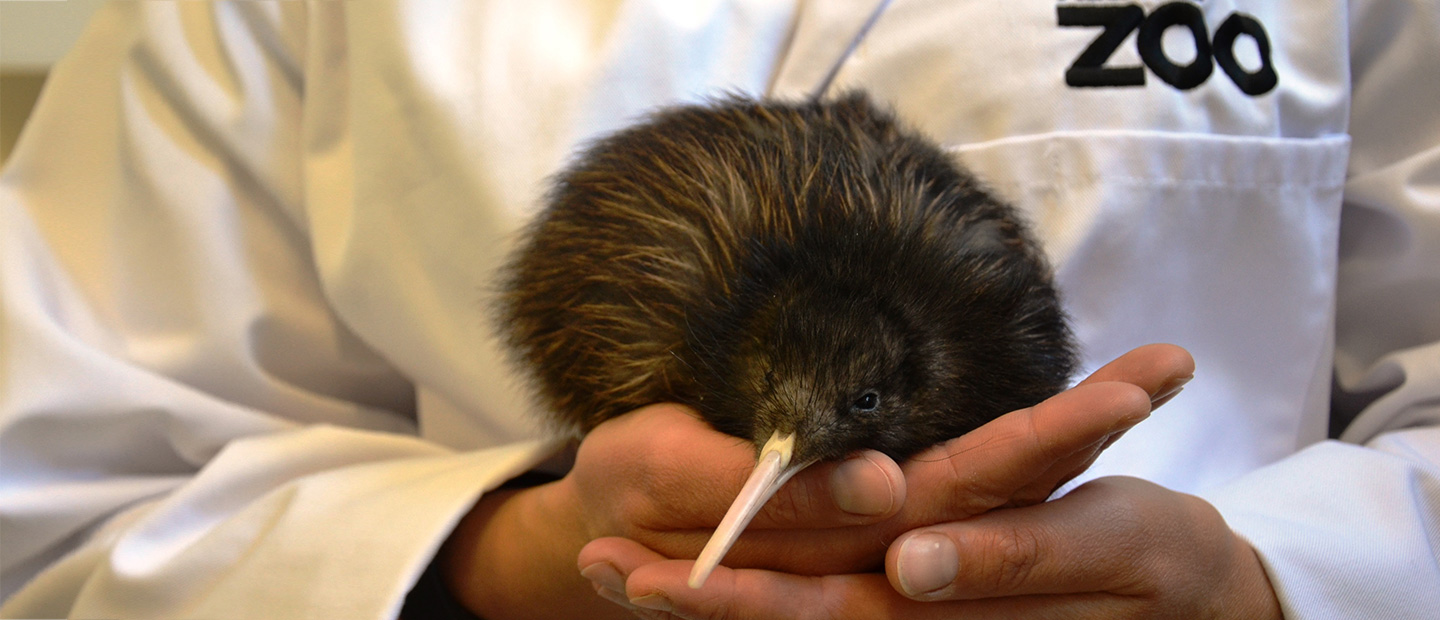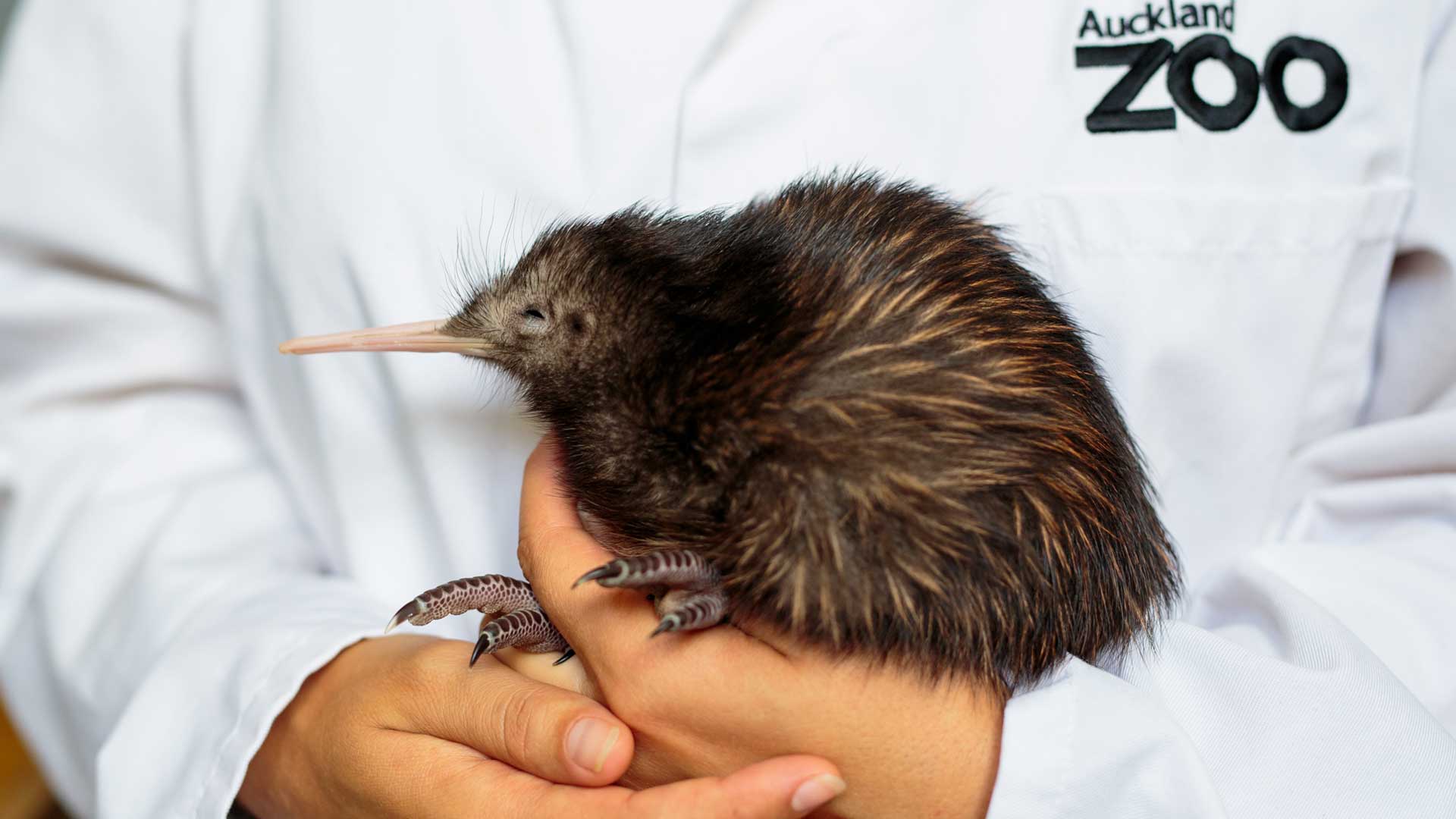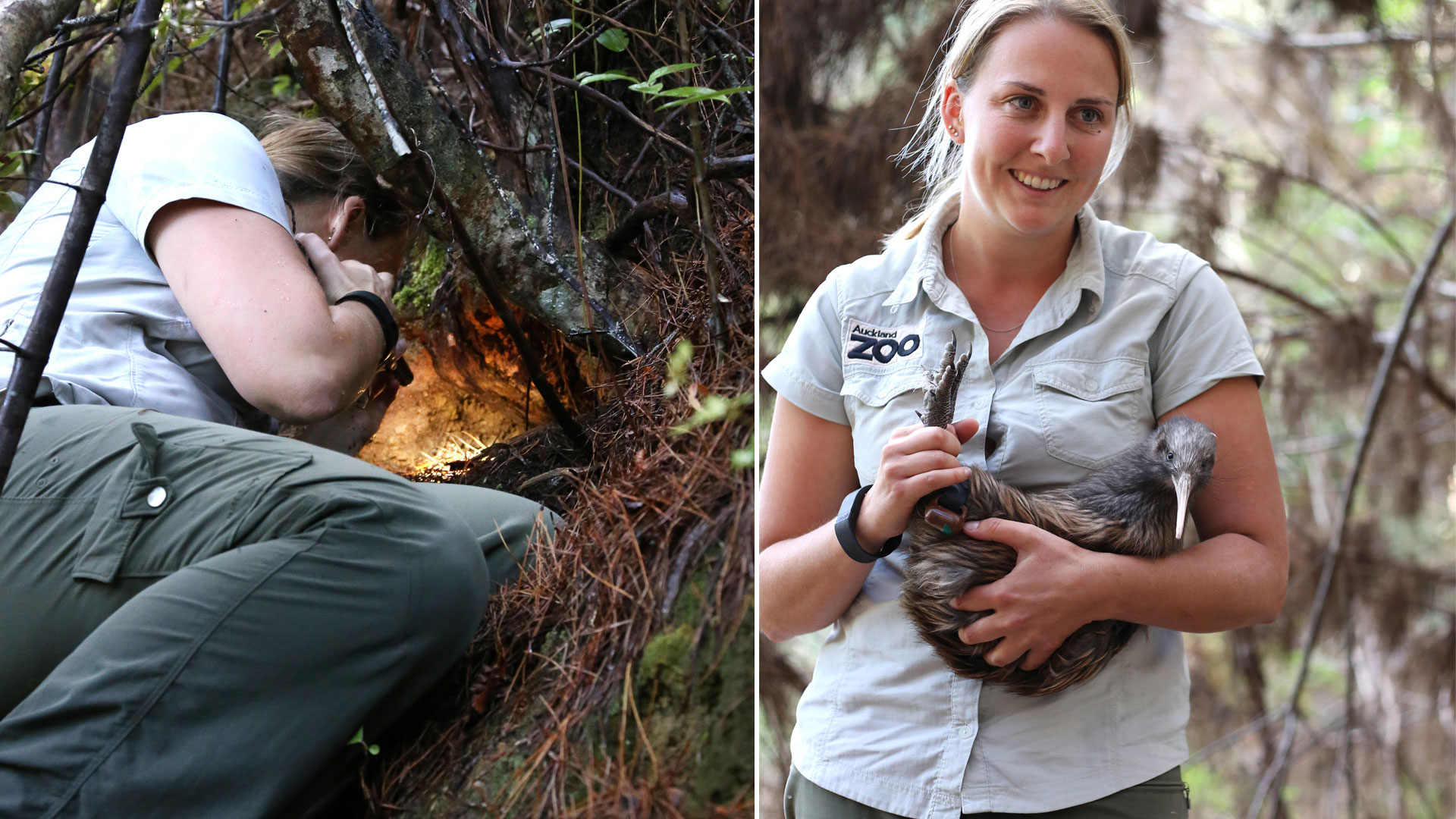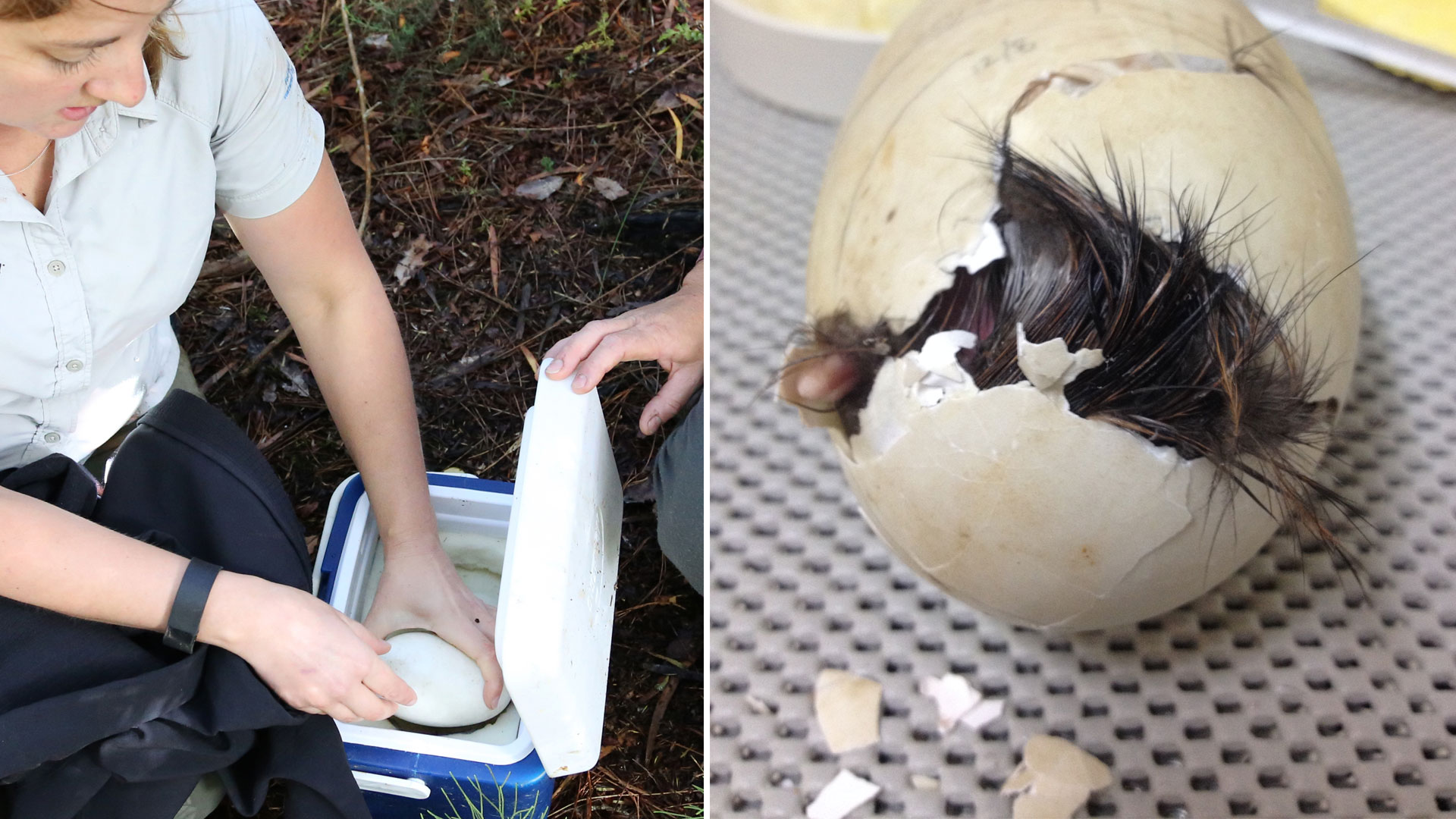Is it a bird?
Kiwi bird tendencies and adaptations are so odd, that they don’t characteristically resemble a bird. Kiwi are nocturnal, yet their eyesight is very poor when compared to other nocturnal birds. They sleep in their burrow during the day and use their excellent sense of smell and touch to navigate in the dark. They have powerful legs, nostrils at the tip of their long beak, and two layers of feathers – an outer layer which acts like a rain coat to keep the rain out and a layer of soft downy feathers like a sleeping bag for warmth. The kiwi does have wings of sorts – but you just have to look very hard to find them - they’re puny vestigial wings and can’t possibly lift their large bird bodies off the ground, no matter how hard they try! Some Kiwi species also have a little-known un-birdlike trait: they ‘mark their territory’ with smelly droppings in the same way a cat or dog would. For all their weird and wonderful tendencies, the kiwi is certainly a special bird we can all be proud of helping protect for generations to come.






